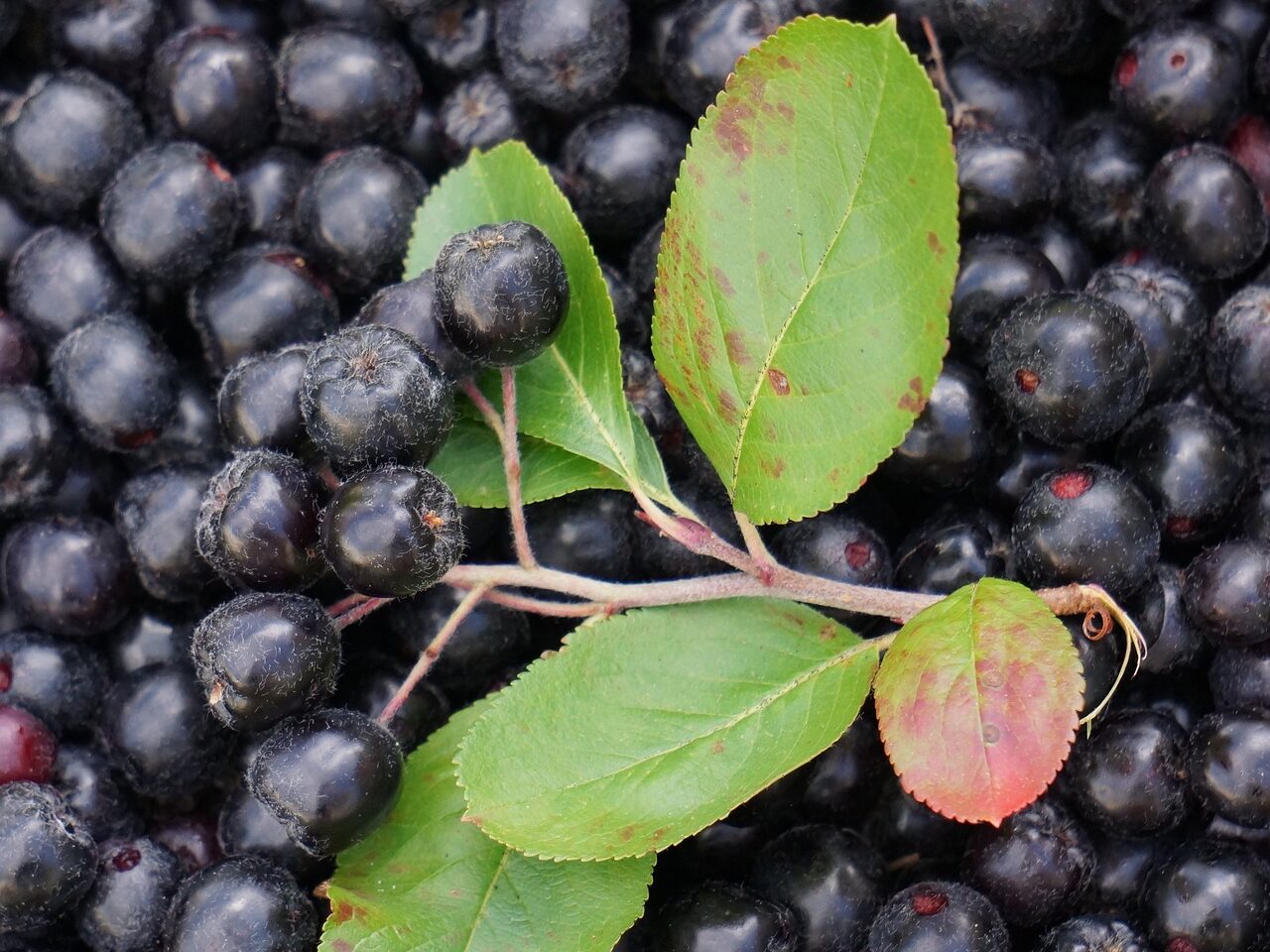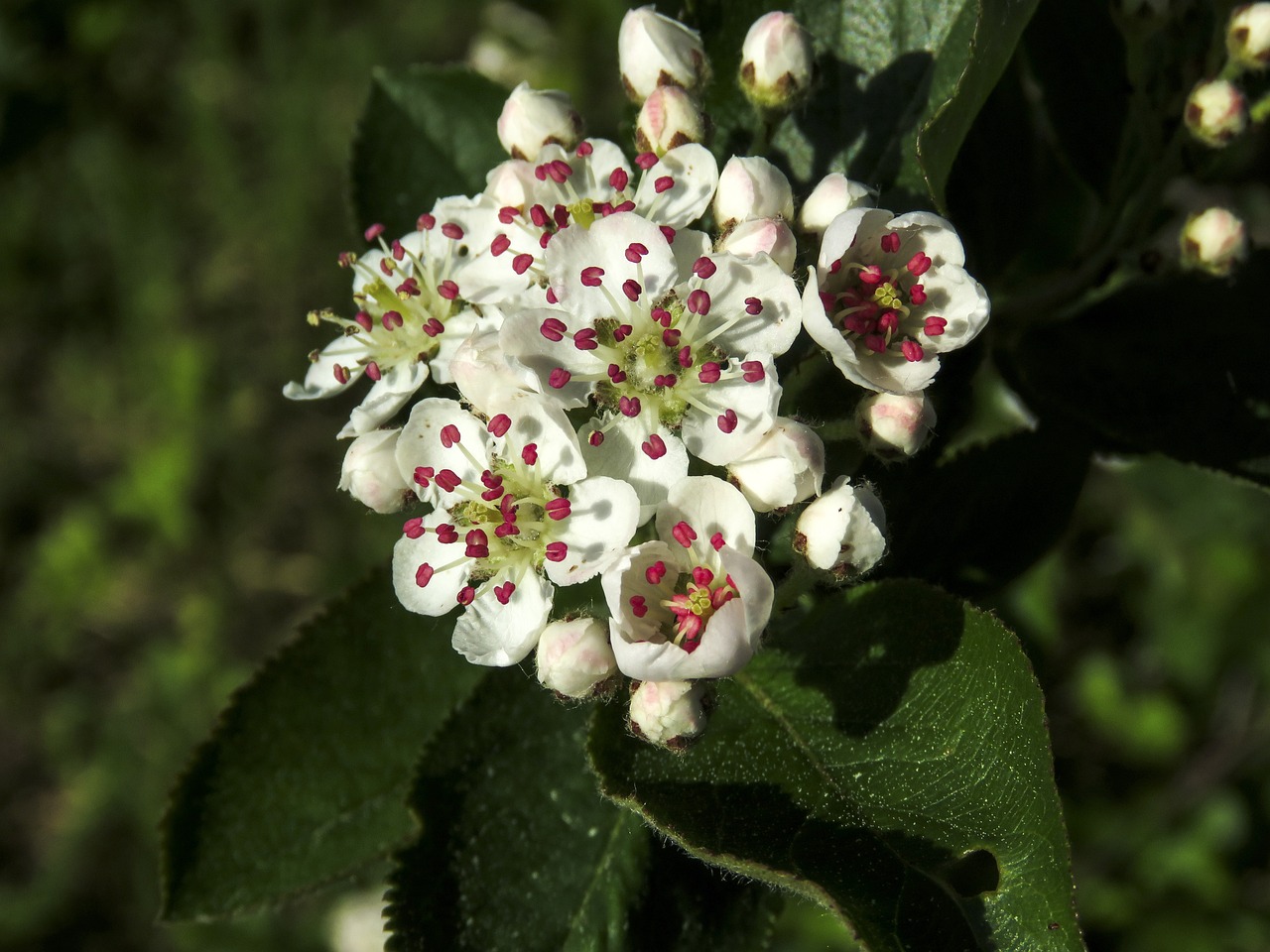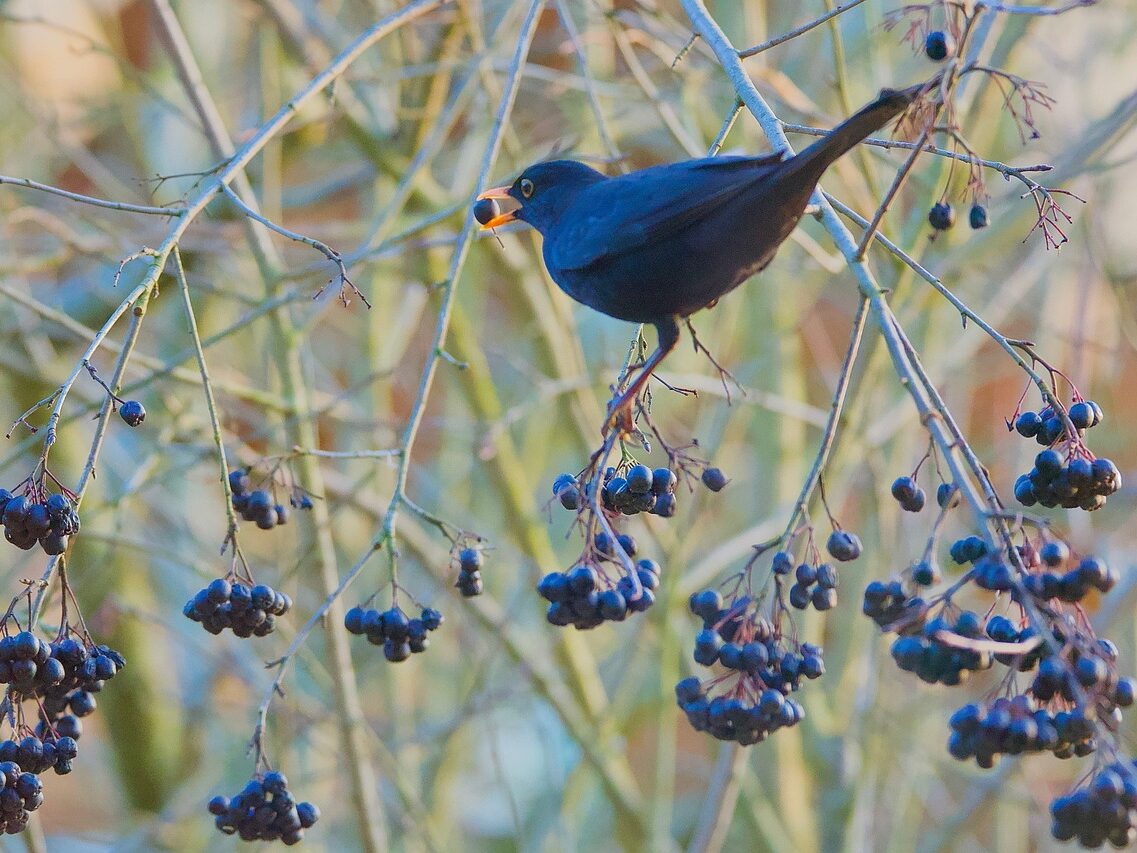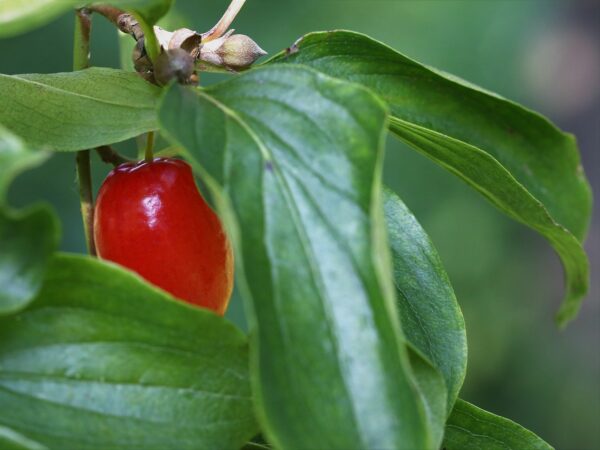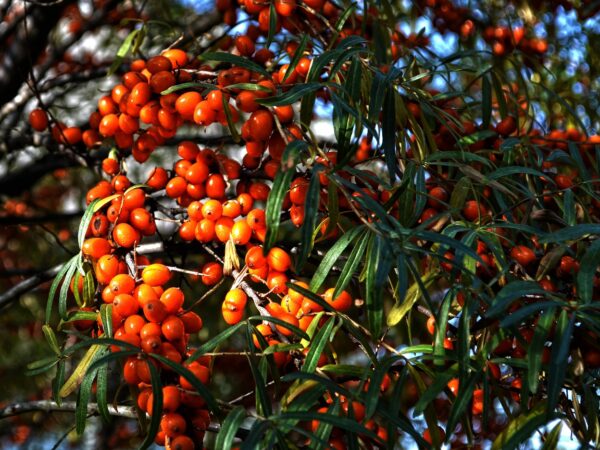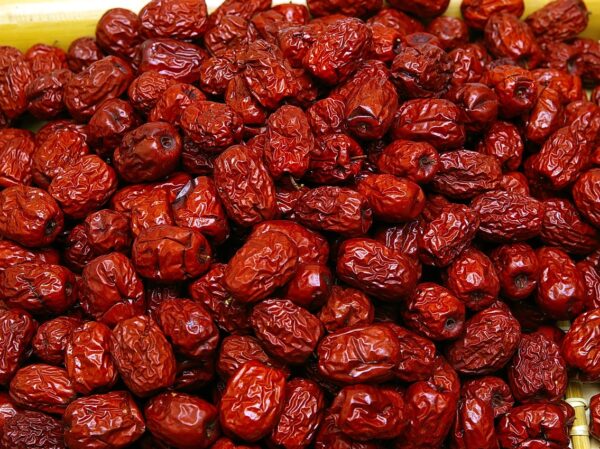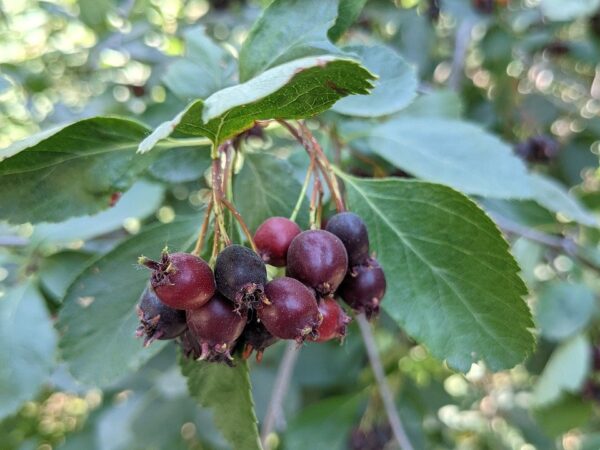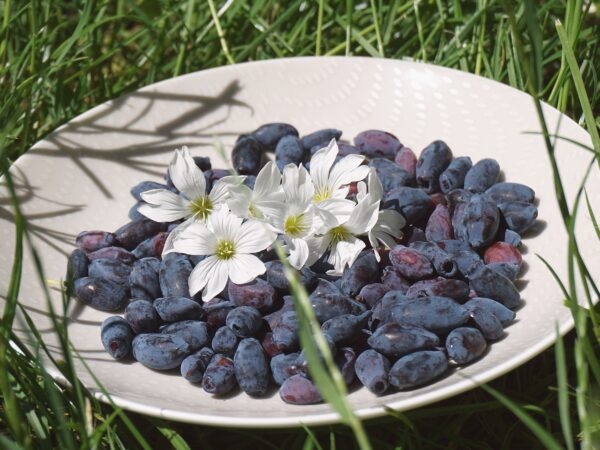Your cart is currently empty!
Additional Info
Get to Know Aronia – An Easy to Grow Superfood!:
Cold stratifying seeds using the paper towel method:
Studies:
Fruits of Black Chokeberry Aronia melanocarpa in the Prevention of Chronic Diseases
Description
I mean, what is there to say about Aronia berry? It has the highest levels of antioxidants of any berry we currently know of. A cousin of Elderberry, it’s not only *more* potent, but it also doesn’t require cooking the way elderberry does. It’s relatively compact, highly productive, and will survive anywhere in the country.
Unripe fruit is unbearably astringent – hence the colloquial name ‘Chokeberry’ – but that eases off if you let the berries fully ripen and, even better, if they go through a frost or two before eating them. Some love ’em, some can’t take ’em, but one things for certain – while you may not love ’em raw, they make lovely components to things that store well (and are tempered with sugar): jam, jellies, etc., or drying for trail mixes. No doubt a juice of Aronia, Ginger, Sea Buckthorn and Kawakawa, sweetened with local honey, would offer quite a bit of support in warding off those winter illnesses.
Aronia has all the makings to be the next big thing in Aotearoa, and we’d be all the better for it, too. Hands down, if I had the space to start an agriculture business, this is what I’d go into – knowing I’d have to establish the market myself, but also knowing it’d be worth it.
The technical bits –
Aronia melanocarpa is a cold-hardy, deciduous shrub that grows 1-2.5 metres tall and wide, with clusters of white spring flowers, glossy dark green leaves, and striking red-orange autumn colour. It tolerates a wide range of soils, including heavy clay and poorly drained ground, and is happy in full sun to part shade. It’s cold-hardy to -35°C and highly adaptable once established.
While self-fertile, Aronia melanocarpa produces heavier, more consistent crops when cross-pollinated. If growing from seed, raise at least three to five seedlings to ensure diversity and good fruit set.
Germination and Cold Stratification:
Seeds need a cold, moist stratification period of 3–4 months (90–120 days) at 1–5°C to break dormancy. Sow into moist, well-draining medium and refrigerate in a sealed container or bag. After chilling, move to warmth (18–22°C) for germination. Germination is often slow and staggered.
